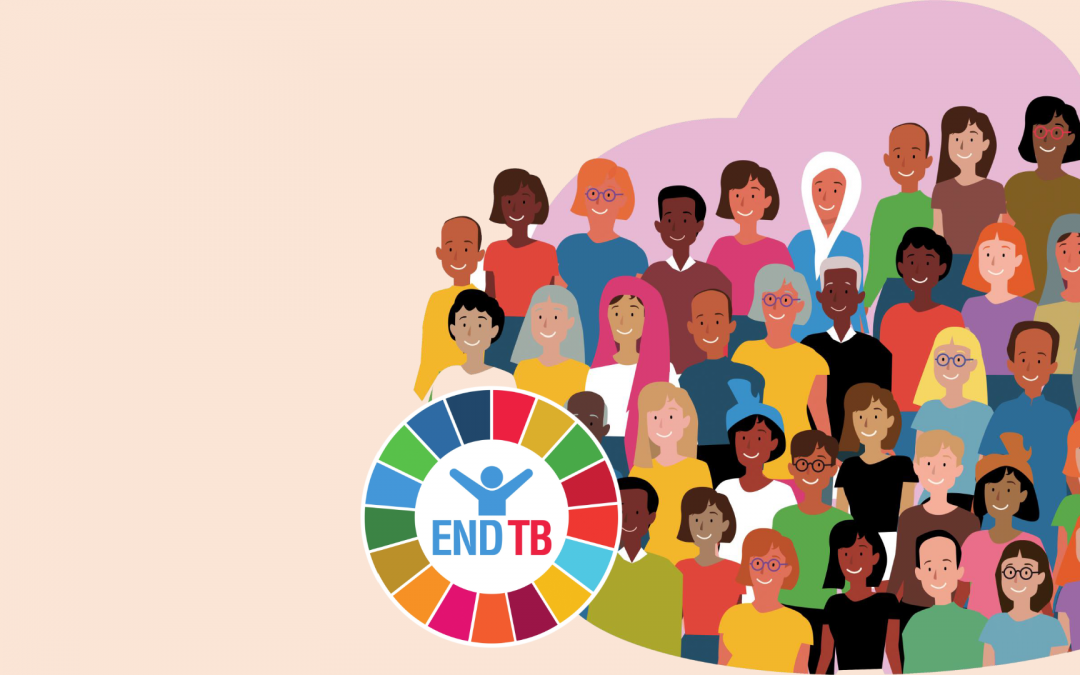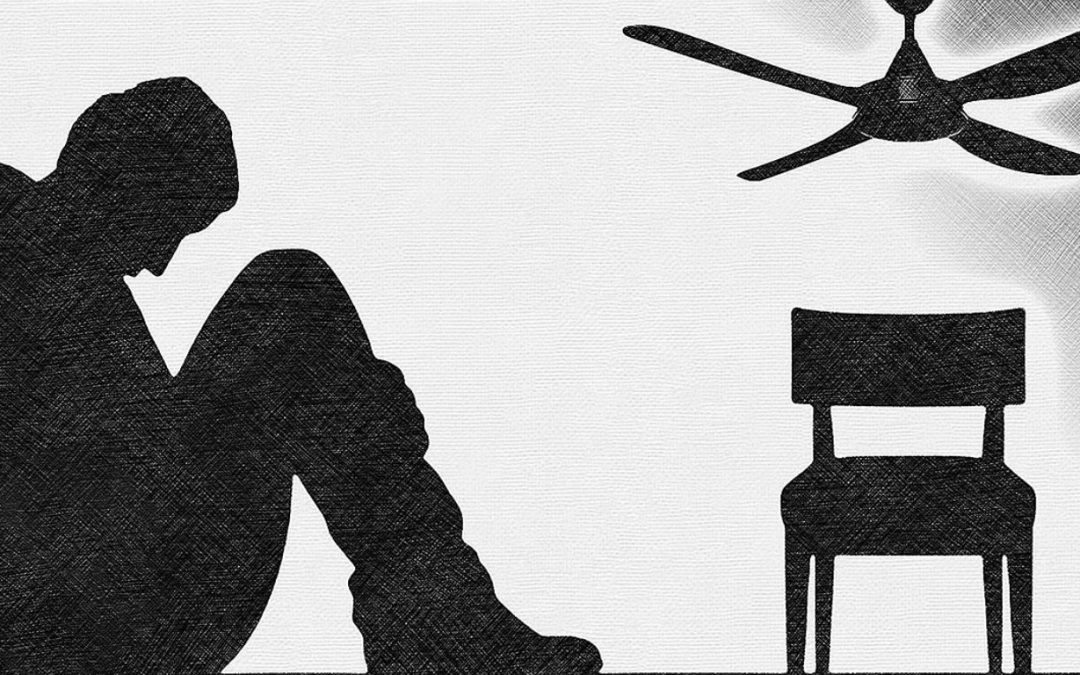
by Serge Boyajian | Apr 15, 2022 | Uncategorized
“Quis custodiet ipsos custodes?”
Lebanon, a Small Country with Huge Worries
If you’re reading this blog, you are more privileged than 78% of the Lebanese population! The United Nations stated that 78% live under the line of poverty in 2021. Let me walk you through all the evidences and solution. GDP per capita is a perfect metric to measure the economic conditions of a country’s citizens: Lebanon’s GDP per capita plunged to a negative 21% growth in 2020. However, a bigger problem looms over Lebanon: It is far from being able to meet the UN’s 2030 Agenda, more specifically, section 8 related to economic factors. Section 8.1.1 in the 2030 Agenda requires all countries to sustain a 7% GDP per capita growth.
How can Lebanon Catch Up?
The answer is straightforward: Secure Foreign Funds! To secure such funds from international institutions like the IMF or World Bank, the Lebanese Government should implement quick local economic reforms.
The secured funds will then be used to transform Lebanon from a major importer to a major exporter. The funds must be invested in local production, tourism and domestic spending (infrastructure). This can definitely boost Lebanon’s GDP among several other reforms in different sectors.
Is it Really a Good Idea?
Many people are skeptical on borrowing from international institutions like the IMF due to the severity of their rules. However, let’s take Egypt as an example: Egypt increased IMF borrowings by 1,500% from 2015 till 2020 (yup, you read right, no additional zeros). The Egyptian government spent the funds on enforcing its local production and improving the tourism sector. As a result, Egypt met the UN’s Agenda 2030 economic goals and especially goal 8.1.1 (GDP per capita growth > 7%).
Recommendation
The one and only recommendation is for the Lebanese government: Implement the needed reforms, secure the foreign funds, invest them wisely and save Lebanon from the catastrophe!

by shr09 | Apr 14, 2022 | Dashboard, Visualization
Gender inequality appears when women are not treated equally as men due to their gender. The discriminatory acts lead to the suffering of women in both their private and public life. The number of women in proportion to men in different fields is not equal. Gender inequality in the economy is mainly found at the workplace where women are not paid equally as men, may be subjected to sexual harassment, and are prone to suffering from distinctive behavior that differentiates them from men. Gender inequality also exists in politics given the deficit political participation of women worldwide. The unequal social involvement of women and men in a number of aspects of the society appears in the unequal distribution of power between them and in the disproportionate ownership of assets.
Women have globally less chances of economic participation than men, limited access to higher education, higher health and safety risks, as well as poor political representation. Unfortunately, women are systematically under-represented in the decision-making processes despite the great influence decision making has on their ability to lead independent lives. Women in the Middle East and South Africa suffer from significantly higher discrimination compared to other global regions. For instance, as of 2018, women represented only 5% of the Lebanese parliament. While this reflects a severely deficient representation of women in the political sector, it also reveals the presence of barriers perhaps cultural, social and even legal that women encounter while living in a rather patriarchal society. Such a patriarchal society fosters the perception that women are less qualified and less competent than men and thus women are more prone to gender inequalities than men. The patterns of gender inequality represent a constraint to the society’s progress as they limit the opportunities of growth for a huge portion of the population, and must therefore be treated with uttermost concern. The establishment of women empowerment movements came into place due to the various challenges faced by women and the struggles they suffer from when intending to equally participate as men in the economy, the political life and the social life.
Furthermore, there are a set of barriers that deprive women from equally engaging in different fields. The women empowerment movements in which women strive to share equal opportunities with men represent a major worldwide issue. It is extremely important to highlight the effect of gender equality on the overall well-being of the economy and on the prosperity of the growth in the country.

by nhe17 | Apr 14, 2022 | Dashboard
A pandemic that is targeting the under-privilege, as if the right of living and being protected from such a disease is dependent on one’s status and unfortunate living conditions.
Tuberculosis continues to be a huge peril disease against the human population and according to WHO, TB is the leading cause of death in infectious diseases killing over 1.5 million people around the world in 2020 alone, 95% of which is occurring in developing country.
The below is a reflection of the data from the world data index showing the uneven distribution of TB incidence per 100,000 in 2020 that is occurring. A steady decrease in developed countries , however a remaining major problem in developing countries.
The World Health Organization (WHO), following the guidelines of the United Nations’ Sustainable Development Goals (SDGs), plans to eradicate the pandemic by the year 2030. The goal is to reach a 90% reduction rate in the number of deaths due to TB by the year 2030, and 95% by 2035.
Actions to be taken:
- Allocate funding on providing chemoprophylaxis (the number one treatment for TB) to developing countries to increase access for the underprivilege and decrease spreading of TB.
- Adjust healthcare policies and increase campaigns for free BCG vaccination in developing countries , making it mandatory as with many developed countries
- Mass screening tests to detect dormant or active TB, to decrease spread especially with over-populated settings and among the immunosuppressants.
- Increase Awareness campaigns to educate the population on the signs and symptoms and importance of preventive measures to be taken for a better chance of survival.
The key to an end of the pandemic starts with you!
I am a healthcare worker and I urge you after this blog to do the following:
- Check your vaccination history on BCG, along with your family.
- Educate your self with the signs and symptoms: persistent cough with bloody secretions , severe chest pain and shortness of breath , weight loss and generalized weakness , fever and night sweats
- Tuberculosis may be dormant, meaning asymptomatic for years for that if you have never been tested, urgent medical screening is required.
- If you experience any of the signs and symptoms , seek immediate medical help
- Keep your distance when engaging in a conversation and avoid crowded places!

by Salem G. | Apr 14, 2022 | Dashboard, Visualization
Suicide is something no one wants to talk about, the majority of people who are feeling down don’t openly talk about it. The highest population that is being affected are countries that are surrounding Russia, and in South Africa. There are 800k people commit suicide each year, this is due to many economical issues in these countries. Imagine Karim a husband and a father of 2 living in a country where the basic human needs are neglected. Now Karim is struggling to find a job due to the high unemployment rate, this means he is not able to feed his wife and kids. Imagine being in his place in a country with a 26% unemployment rate. People that are unemployed have a higher chance of commit suicide due their mental health taking a hit this could spiral own a dark hole which is hard to come out off. Unemployment forced 40% of the population to suffer from severe or moderate food insecurity and this is the disruption of food intake or eating pattern due to the lack of money and other resources. Now Karim can’t just feed his family but also can’t get the basic human needs.
All these problems correlate strongly with the Social protection and Labor Programs when these programs are lacking the result were higher suicide mortality rate. These programs help the population in managing risks and protect them from food insecurities through various methods. Poland has a high social program and the results of the suicide mortality rate is significantly lower compared to Lesotho which is the opposite with high suicide rates and low social program . This indicates to lower suicide rates we must increase the aid to the population by offering labor market, unemployment benefits, and other programs. Now Karim can relax and calm down as help is on its way to assist him and other people who are in need.

by Karim Ahmad | Apr 14, 2022 | Dashboard, Visualization
“The enemy doesn’t stand a chance when the victim decides to survive.” – Rae Smith
How Is It Justified?
Globally, 1 in 3 women have been subjected to partner violence, and it becomes worst when women consider this violence justifiable. Early marriage is a major reason that women think it’s okay to be beaten up by their spouses, usually, spousal age differences, power inequalities, un-continued education, and a lack of female autonomy are all common features of early age marriages. These factors have been linked to an increased risk of domestic violence and affected women’s awareness of their entitlement, self-esteem, status, and their sense of empowerment.
In most African countries and some Asian countries, women believed spousal violence is justified and that can be linked to high percentages of female adolescents out of school and early marriages in these countries.
Even globally numbers are still worrying, the average number of women who believed a husband is justified in beating up his wife is still Relatively high. With the average number of female adolescents out of school being steady over the past 22 years, marriages at a young age are still taking place and resulting in more domestic violence since spousal age difference can make women more vulnerable to health risks and social Isolation by creating power dynamics. These power dynamics can increase girls’ vulnerability to emotional, physical, and sexual abuse.
According to the WDI (World Development Indicators) data some of the justified reasons for domestic violence were:
- When women argue with the husband
- When she burns the food
- When she goes out without telling him
- When she neglects the children
- When she refuses sex with him
Taking Action!
So, you might ask, what can be done? Well, a lot actually. To start with, empowering young women are essential. This can be done through:
- Enhance girls’ access to a high-quality education
- Empower girls with information, skills, and support networks
- Provide financial assistance and incentives to young women and their families
- Educate and rally parents and the community members
Education is crucial in preventing females from marrying as adolescents. In fact, the longer a girl stays in school, the less likely she is to marry and have children before she toms 18 years old. Furthermore, education ensures that girls have the skills and information they need to find work and support their families. This can aid in breaking the cycle of poverty and preventing child marriages caused by extreme poverty and/or financial gains.
Final Recommendations
Education, economic status, and age gap are the main factors behind early marriages and domestic violence. It’s recommended to Promote education and economic opportunities for girls & Employ behavior change communication and community mobilization techniques to change social norms regarding age and marriage.




